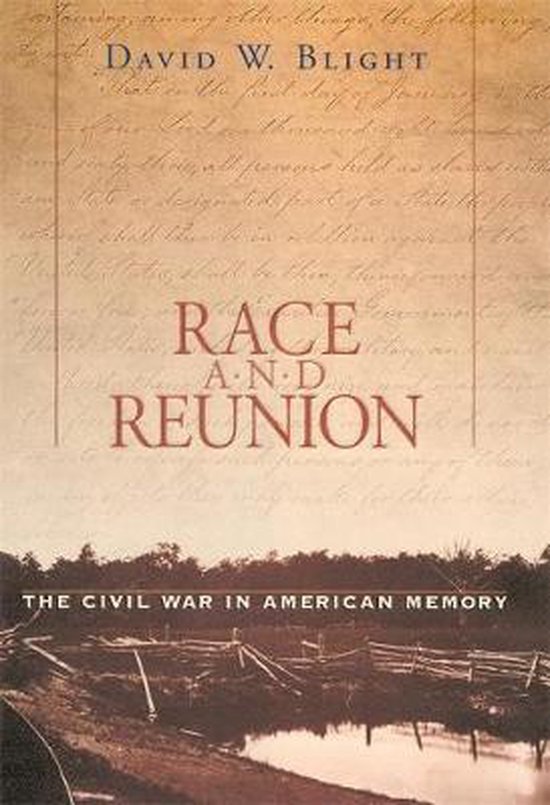

How had been lost to history for over a century? cities and three years before the first national observance. “‘This never happened.’”īut it was clear from the newspaper reports that a Memorial Day observance was organized by freed slaves in Charleston at least a year before other U.S. “‘I’ve never heard of it,’ they told me,” says Blight. Blight excitedly called the Avery Institute of Afro-American History and Culture at the College of Charleston, looking for more information on the historic event. If the news reports are accurate, the 1865 gathering at the Charleston race track would be the earliest Memorial Day commemoration on record. (1889 Kurz and Allison lithograph // Library of Congress) The infantry was one of the first major American military units made up of Black soldiers. The Battle of Fort Wagner on Morris Island was the Union attack on July 18, 1863, led by the 54th Massachusetts Volunteer Infantry. Black ministers recited verses from the Bible. Three thousand Black schoolchildren carried bouquets of flowers and sang “John Brown’s Body.” Members of the famed 54th Massachusetts and other Black Union regiments were in attendance and performed double-time marches. According to two reports that Blight found in The New York Tribune and The Charleston Courier, a crowd of 10,000 people, mostly freed slaves with some white missionaries, staged a parade around the race track. They exhumed the mass grave and reinterred the bodies in a new cemetery with a tall whitewashed fence inscribed with the words: “Martyrs of the Race Course.”Īnd then on May 1, 1865, something even more extraordinary happened. One of the first things those emancipated men and women did was to give the fallen Union prisoners a proper burial. When Charleston fell and Confederate troops evacuated the badly damaged city, those freed from enslavement remained. The clubhouse at the Charleston racetrack where the 1865 Memorial Day events took place. Their bodies were hastily buried in a mass grave behind the grandstands. More than 260 Union soldiers died from disease and exposure while being held in the race track’s open-air infield. In the late stages of the Civil War, the Confederate army transformed the formerly posh country club into a makeshift prison for Union captives. TThe race track in question was the Washington Race Course and Jockey Club in Charleston, South Carolina. That narrative told the essence of the story that I ended up telling in my book, of this march on the race track in 1865.”
#Race and reunion david blight summary plus#
“And inside on a piece of cardboard was a narrative handwritten by an old veteran, plus a date referencing an article in The New York Tribune. “There was a file labeled ‘First Decoration Day,’” remembers Blight, still amazed at his good fortune.


 0 kommentar(er)
0 kommentar(er)
